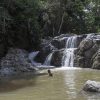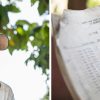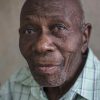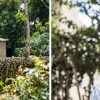npr:
Even before Dominican dictator Rafael Trujillo carved it in blood, the 224-mile border dividing the island of Hispaniola between Haiti and the Dominican Republic was complicated. Tensions between the two countries stemmed back to a 19th century war. But in many ways, the border, which existed mostly on paper, was a notably seamless site: Children crossed back and forth freely to go to school on one side and home on the other. Sprawling cattle ranches spanned the divide, and Dominicans and Haitians mingled and intermarried frequently.
That ended on Oct. 2, 1937, when the Dominican military, under Trujillo’s orders, began to execute Haitian families as well as Dominicans of Haitian descent. The killings, many of which took place in the border region, were mostly carried out by machete to help sell the regime’s official account that the massacre was a spontaneous uprising of patriotic Dominican farmers against Haitian cattle thieves.
The killing lasted between five and eight days. Afterward, there was a moratorium on newspapers covering the massacre, and Trujillo refused to publicly admit his government’s role or accept responsibility.
After the dictator was assassinated in 1961, researchers began to investigate what had been an off-limits subject, conducting interviews, digging through documents and putting together the pieces of what happened. Estimates of the number of dead still vary widely — from less than 1,000 to 30,000. Mass graves were never found.
Commonly known as the Parsley Massacre — Haitians and Dominicans pronounce the Spanish word perejil differently and, according to a popular though unconfirmed story, this was used as a litmus test of their origins — the killings are now acknowledged by Dominican society at large and taught in schools. But in many ways, the massacre remains a historical footnote, seen as an uncomfortable reminder of a brutal past.
80 Years On, Dominicans And Haitians Revisit Painful Memories Of ‘Parsley Massacre’
Photos: Tatiana Fernandez for Latino USA




